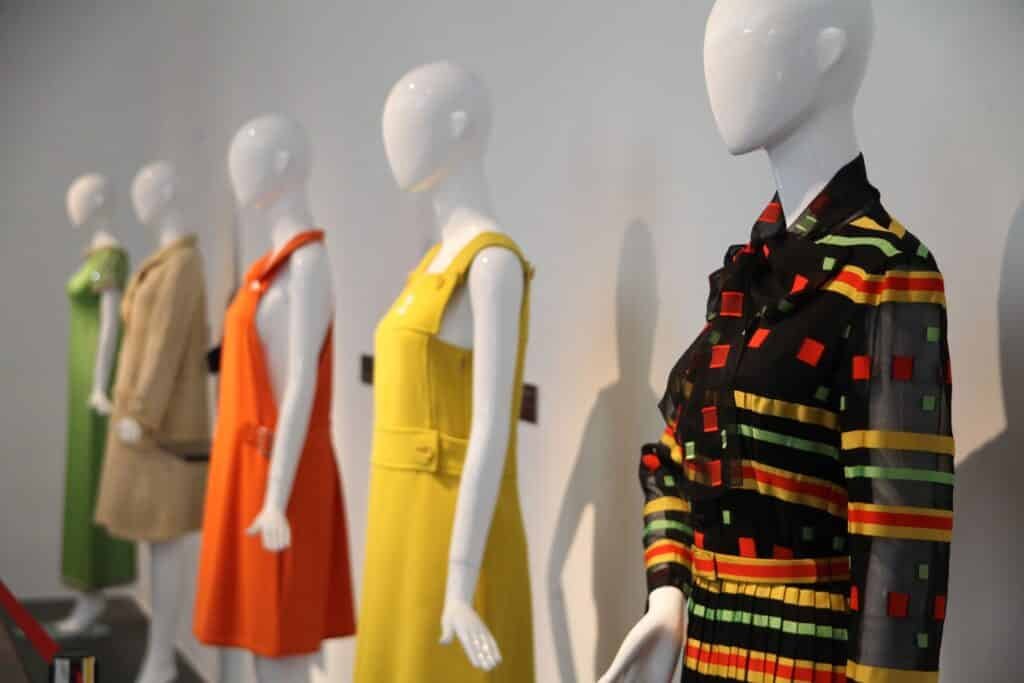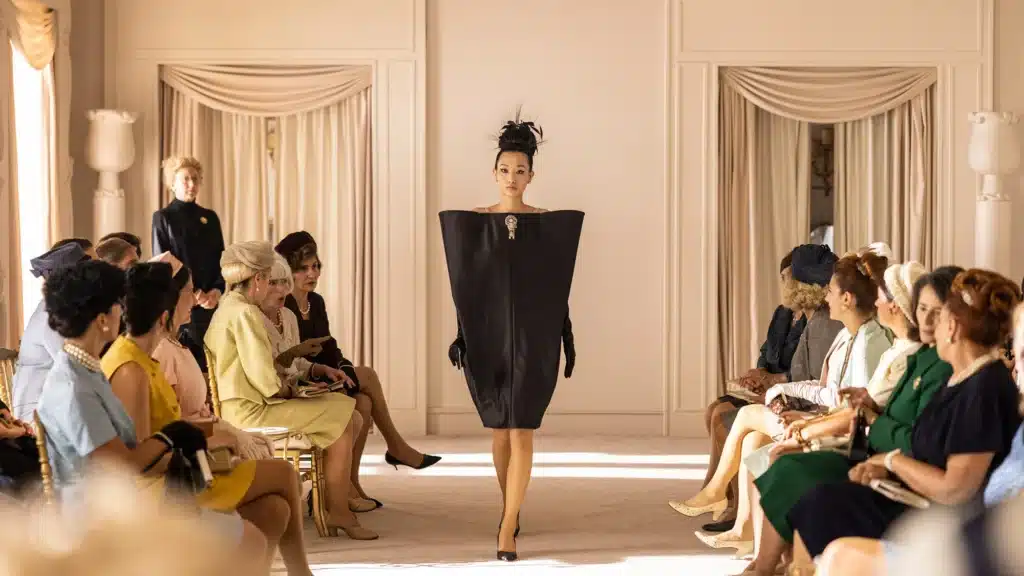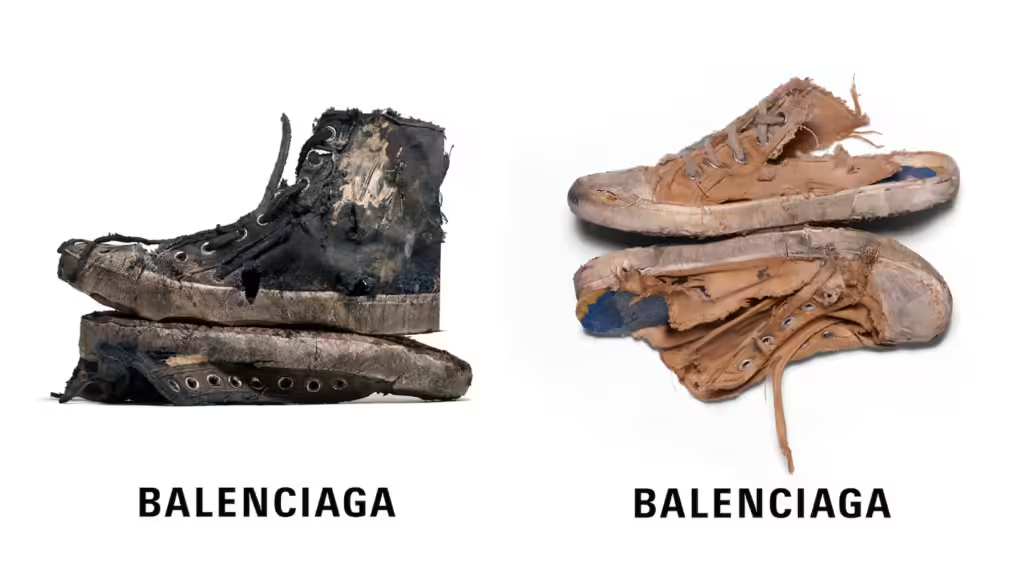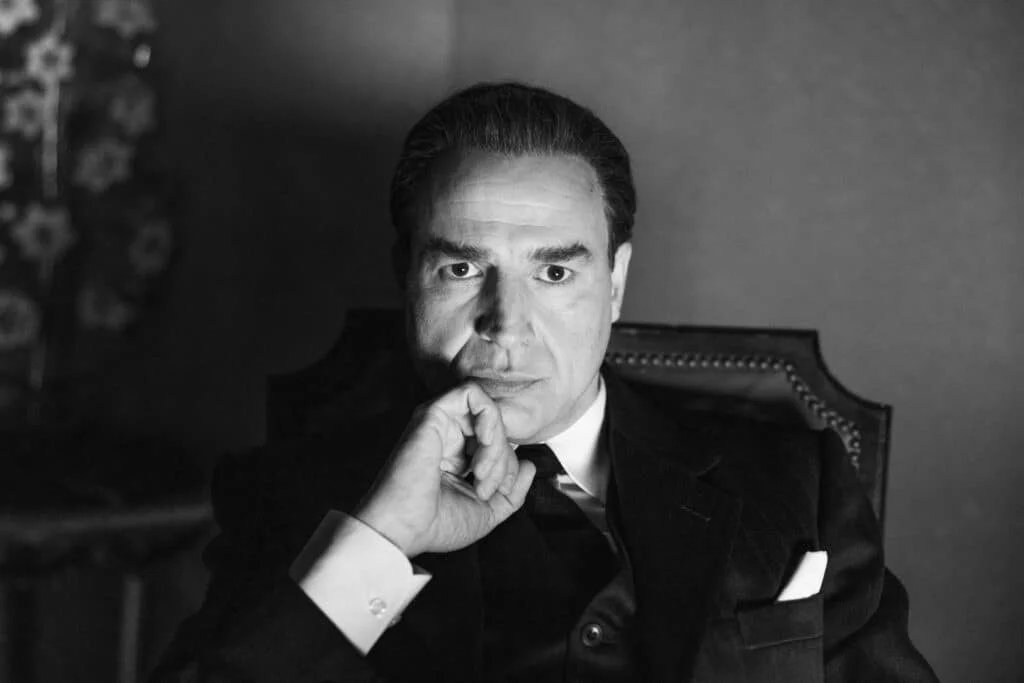Balenciaga, one of the most influential fashion houses in the world, was founded by Spanish designer Cristóbal Balenciaga in 1919 in San Sebastián, Spain. Known for his impeccable craftsmanship, innovative designs, and architectural silhouettes, Balenciaga revolutionized the Balenciaga fashion history industry. He left an indelible mark on haute couture. A Brief History of Balenciaga is always welcomed.

Early Years and Rise to Fame: Cristóbal Balenciaga was born in 1895 in Getaria, Spain. From a young age, he showed a keen interest in Balenciaga fashion history, which led him to apprentice under a local tailor. By the time he opened his first boutique in 1919, Balenciaga had already established a reputation for excellence. His early designs were characterised by their precision. They used luxurious fabrics and a deep understanding of the female form. His success in Spain led him to move to Paris in 1937. There, he opened his now-famous fashion house on Avenue George V.

The Golden Age: The 1950s and 1960s are often considered the golden age of Balenciaga fashion history. During this period, Balenciaga introduced several iconic designs that redefined women’s fashion. His famous “sack dress” in 1957, with its loose, flowing silhouette, broke away from the cinched waists and hourglass figures that dominated the era. The “baby doll” dress, balloon hems, and cocoon coats were other revolutionary designs that showcased his ability to blend elegance with avant-garde elements.

Balenciaga’s influence extended beyond his designs. He is the “master of us all” by Christian Dior. Additionally, he was deeply respected by other contemporaries such as Coco Chanel and Hubert de Givenchy. His meticulous approach to design often involved draping fabric directly on the mannequin rather than sketching. This set him apart from his peers and became a hallmark in Balenciaga fashion history.

Challenges and Evolution: In 1968, Cristóbal Balenciaga retired from the fashion industry, closing his fashion house. He left behind a legacy of innovation that would become a pivotal part of Balenciaga fashion history. His retirement marked the end of an era. For many years, the Balenciaga brand lay dormant. However, in 1986, the brand was revived under new ownership. Various designers, including Michel Goma and Josephus Thimister, took the reins to modernize the label while preserving its rich heritage.

Modern Era: The brand saw a significant resurgence in the late 1990s and early 2000s under the creative direction of Nicolas Ghesquière. Ghesquière revitalized Balenciaga by blending the house’s historic designs with futuristic and edgy elements. This made it one of the most sought-after brands among fashion-forward consumers. His work brought critical acclaim and commercial success, setting the stage for Balenciaga’s continued relevance in the 21st century.

In 2015, Demna Gvasalia took over as the creative director, bringing a new wave of innovation and controversy to the brand. Known for his deconstructionist approach and streetwear influences, Gvasalia has pushed Balenciaga into the spotlight with viral designs like the Triple S sneakers and oversized hoodies. He also maintained the brand’s reputation for high fashion. His contribution is notable in the context of Balenciaga fashion history.

Legacy: Today, Balenciaga continues to be a leading force in the fashion industry. It is about boundary-pushing designs and ability to influence global fashion trends. From its origins in the early 20th century to its modern-day reinvention, Balenciaga’s history is a testament to the enduring power of creativity and innovation in fashion history.




